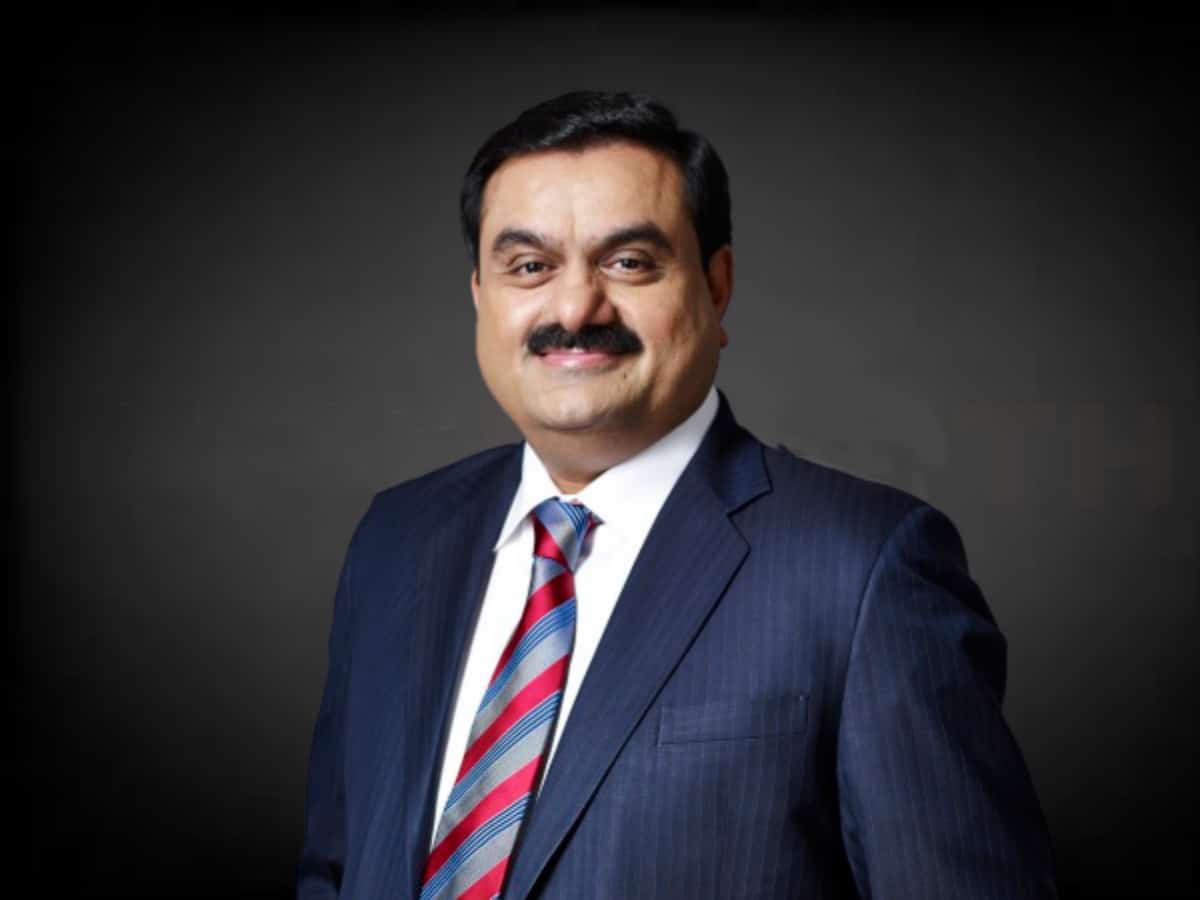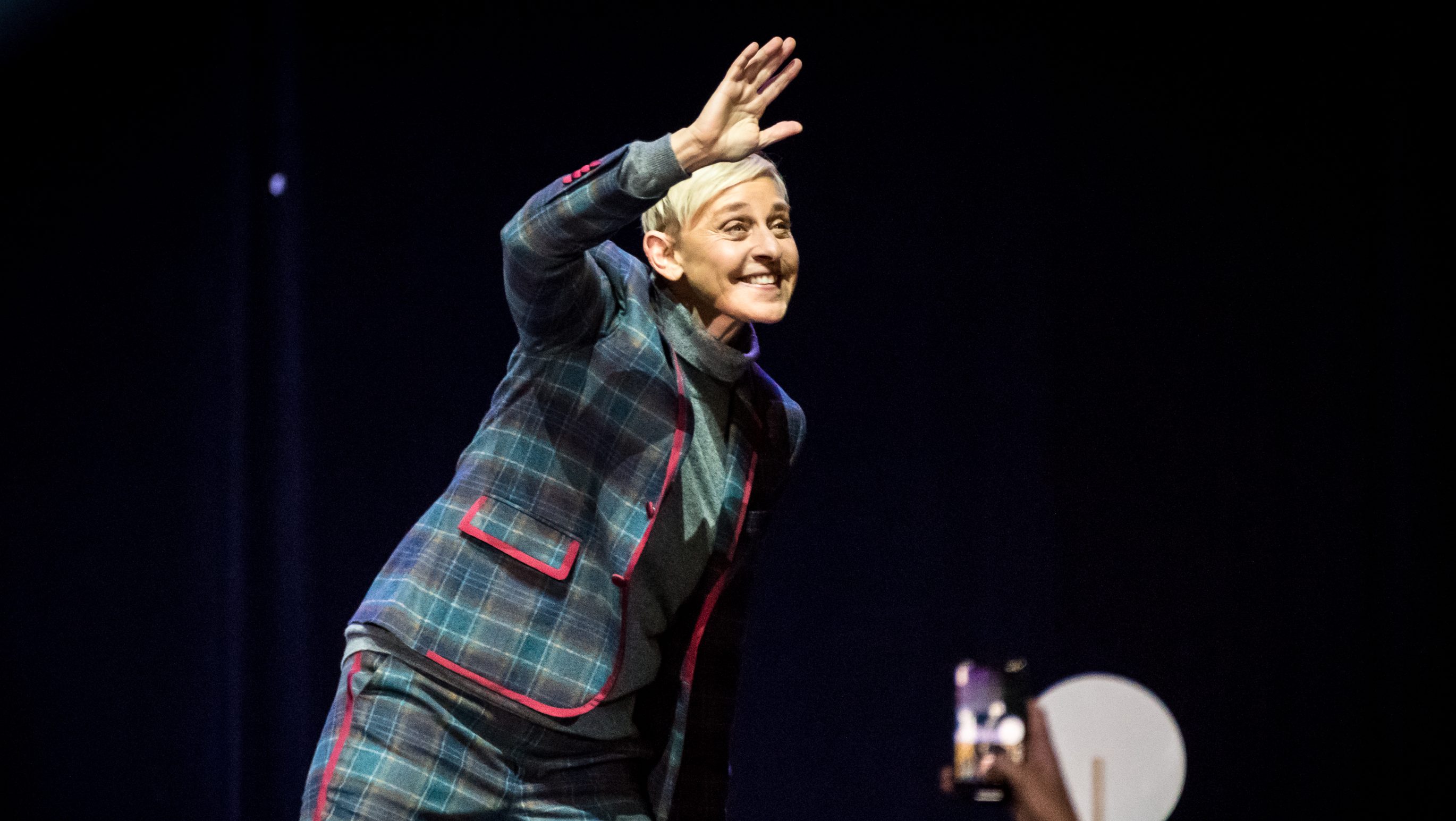Bracken Darrell is ready to start making some promises.
As chief executive officer of the embattled VF Corp., Darrell has been head’s down for nearly a year and a half at the company, working to stabilize operations and finances.
That’s an ongoing project — but it’s shown enough progress that Darrell was ready to start making his case with an investor meeting at the heart of capitalism: the New York Stock Exchange.
Darrell told the analysts in attendance that VF would get back to a 10 percent operating profit margin over the medium term — up from 5 percent last year when net losses tallied $969 million. That would bring the Vans, The North Face and Timberland parent back toward the 13 percent operating margin seen in fiscal 2019 and 2020.
The CEO, who revived technology-maker Logitech and Old Spice and other brands earlier in his career, was also looking to reassure investors.
“As scary as these turnarounds look, I’ve been in a lot of them,” Darrell said in an interview after the meeting.
Ditto for VF’s leadership team, which has seen dramatic turnover during his short tenure.
Turnaround Experience
“We’re not sitting around here shaking,” he said. “We’ve been here before, we’re executing a play. There’s no guarantee what will happen, but I’m very excited about the business, very excited about the team and excited about the process. We’re going to turn this thing around and then turn it into a growth company.”
Investors liked what they saw and the promise that VF was going to be getting back to some of its old performance. Shares of VF rose as much as 6.4 percent on Wednesday before settling back to a gain of 2.9 percent at $22.26.
The trip from the company’s Denver headquarters to Wall Street was a kind of coming out party for VF — an effort to establish a new relationship with investors.
During the meeting, Paul Vogel, who joined VF as chief financial officer early this year from Spotify, said the company will be able to work its way back to a 10 percent operating margin by focusing on:
- Cost savings, which he said is not a “one-time exercise,” but an ongoing goal. Already, VF is on track to cut $300 million in costs this fiscal year.
- Optimal flexibility with less debt. “This philosophy will influence our capital allocation decisions,” he said.
- Continued reinvention in the organization.
- And internal and external transparency.
The forecast is limited and designed to help VF keep its promises to investors.
Vogel said the company can hit its plan even in the absence of sales growth.
“This is simply saying that we believe we can reestablish a healthy, solid foundation even without growth,” he said. “So when growth returns, we will realize even more incremental benefits on profitability. But I want to be clear, we believe we should do better than this.”
The Path Back
VF’s decline came in bits and pieces and over a number of years, sped along by debt taken on to buy Supreme for $2.4 billion in 2020. That bet was unwound this month when EssilorLuxottica acquired the luxe skate brand for $1.5 billion.
Now the company is reinventing rapidly. This year, VF installed Sun Choe as global brand president of Vans, and Caroline Brown as global brand president of The North Face and more.
Brent Hyder, chief people officer, told stock analysts at the meeting that 12 of VF’s 16 top leaders are either new to the company or in a new role.
Even though VF “lost its way,” Hyder said the new team is clear and aligned on the company’s key values, including the importance of a growth mindset, simplicity and winning together.
If those values were lost, Hyder said, “We brought them back and they’ll stay with us for the long term.”
While the company has been careful to keep looking forward during its turnaround, the investor day produced a fair bit of introspection and several looks back at what went wrong.
“We took what made VF great really quite honestly — a plug and play operating model — and let each brand team create their own model for creating product and bringing them to the market,” Hyder said.
“We also didn’t have the right leaders in place to evolve it,” he said. “So instead we are creating a standard VF way that’s allowing us to drive faster decision making and reducing [selling, general and administrative expenses] as we go along.”
The design process — not the design itself — will be standardized, helping the brands learn from one another and establish the smoothest possible path from idea to execution.
During the presentation, Darrell said VF had become “siloed, fragmented and political.”
“We were inefficient and ineffective,” he said. “You could see the extreme of this problem in our most siloed area of the world, the Americas, our home market, where our performance lagged the rest of the world for years. We held back our brands and regions as they struggled against each other and didn’t learn from each other.
“It wasn’t their fault,” he said. “We unconsciously built a leadership system and an approach that allowed and even fostered it. In the future, our multibrandedness will become our superpower.”
VF could use a new superpower.
Headed into the pandemic, the company was widely seen as a powerhouse portfolio of brands backed by a rock-steady supply chain. Even if VF had a tough quarter, its stock tended to hold up as investors gave the company the benefit of the doubt.
Selling the Reinvention
Now, even while the company is on a better footing financially, there are still doubters — or questions about how VF will pull off the reinvention.
So Darell came to investors to explain.

Bracken Darrell
Courtesy
During the interview with WWD he also revealed more of his personal philosophy on turnarounds and how to turn the business into a “growth machine” that focuses not just on revenues, but brands and capabilities and people.
“Let’s just talk about the individuals who work in our company,” he said. “Most people want to grow. They want to keep improving their skillset. They want to keep learning more. They just want to grow, be better at what they do, even be better people if they can be. That’s my assumption about humanity.”
And the outcome of a growth mindset is, with any luck, a growth company.
The Risks
To make VF fit the bill again, Darrell is pushing change on many parts of the organization and all at once.
“There absolutely is execution risk,” he said. “There’s always execution risk, by the way. But what’s the best time to take execution risk? When you’re riding high or when you’re turning it around?
“I want to do it now and it’s even better to do it now because I do have new people who don’t have strong connections to the way we did it before,” he said. “I do think we’ve got the team that’s capable of handling it and there are built-in risk management or protection against downsides in this business that just natural, it takes a long time to turn to get a product out.”
While public company CEOs often talk about their long-term plans, they also complain regularly about the pace of having to meet numbers quarter by quarter as they look at the horizon.
Not so with Darrell.
“I love being a CEO of a public company,” he said. “We have quarters. Why would I say that, if I love long-term so much? Because we all have a heartbeat.
“The pace at which we do things and the heartbeat of a public company comes every three months,” he said. “You have to close your books, you have to report, you have to get feedback on it. So we use that. We harness that forced mechanism of taking a look at everything and making sure we’re on track. We learn every quarter.”
The Bottom Line is a business analysis column written by Evan Clark, deputy managing editor, who has covered the fashion industry since 2000. It appears every other Thursday.







